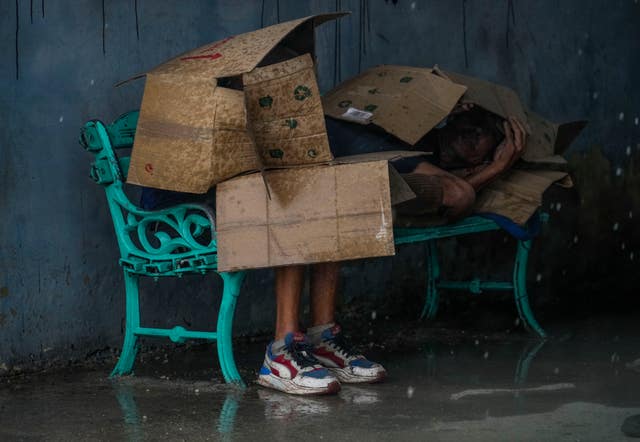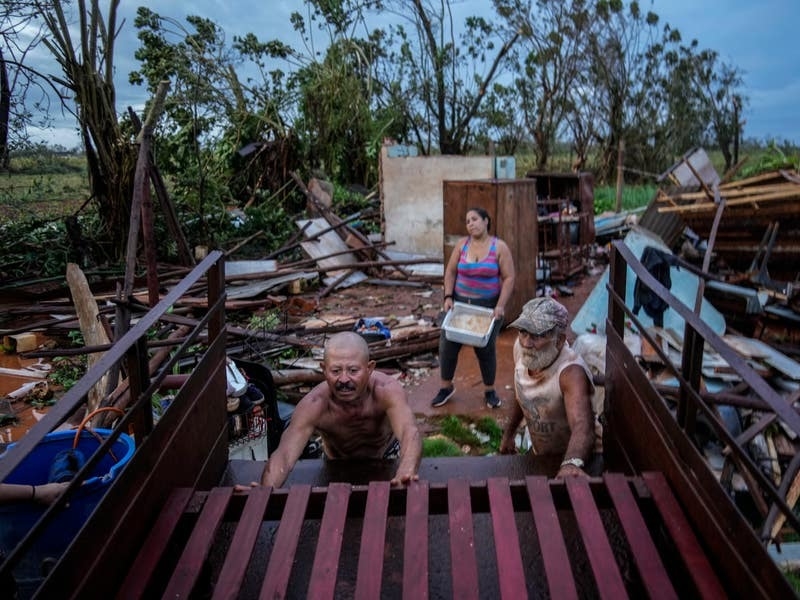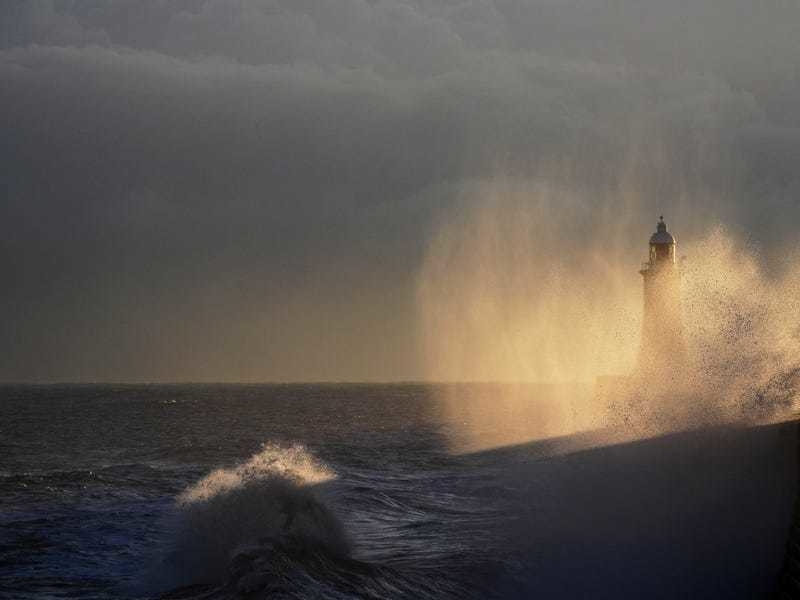Hurricane Rafael weakened into a tropical storm Friday as it swirled through the Gulf of Mexico where it was expected to break apart after ploughing through Cuba.
The storm knocked out the island’s power grid with hundreds of houses collapsing.
On Friday night, the tropical storm was located 240 miles north of Progreso, Mexico. It had maximum sustained winds of 70mph and was moving west-northwest at 5mph, according to the National Hurricane Centre in Miami.
Rafael was forecast to move westward toward Mexico in the coming days and forecasters warned that swells from the hurricane were likely to cause “life-threatening surf and rip current conditions”.

Forecasters said they expected the storm to weaken and “meander” over the centre of the Gulf through early next week.
The hurricane tore through Jamaica and the Cayman Islands earlier in the week, knocking out power and fueling mudslides. On Wednesday evening, it hit Cuba, causing yet another headache for the island.
Rafael’s fierce winds knocked out Cuba’s electric grid, forced the evacuation of 283,000 people and collapsed 461 homes. It also left trees, power lines and rubble strewn across flooded streets.
On Friday, the Cuban government said it was able to restore power to approximately 143,000 homes in Havana, although many people were still without power.
Rafael followed a rocky few weeks in the Caribbean nation.
First, it was hit by island-wide blackouts stretching on for days, a product of the island’s energy crisis. Shortly after, it was hit by a powerful hurricane that struck the eastern part of the island and killed at least six people.






